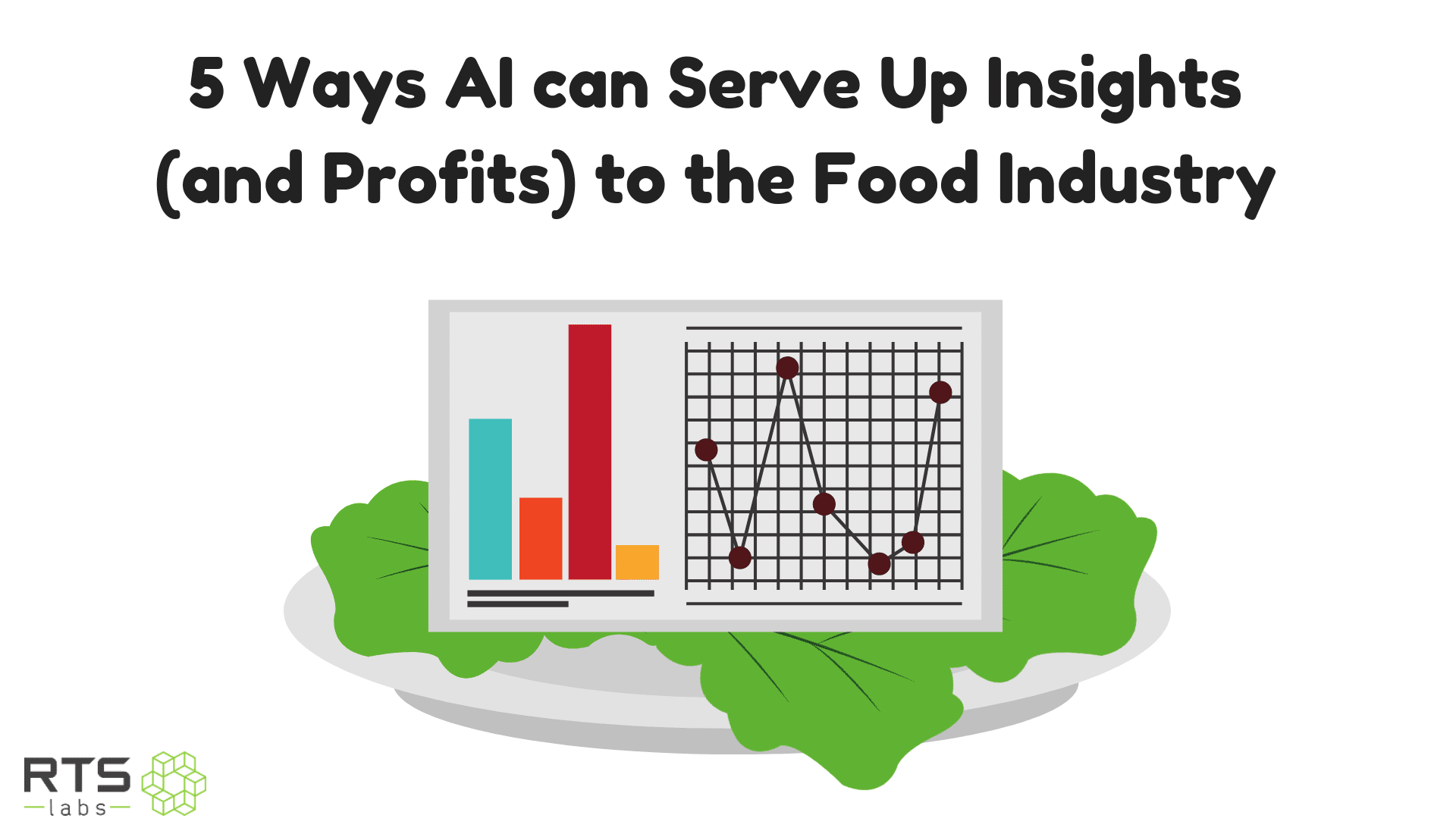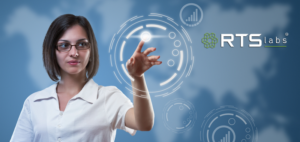Artificial intelligence has a host of applications across industries. Finance, ecommerce, and retail are some of the most obvious industries leveraging the power of data and machine learning to make better decisions and automate processes. But what about the food industry? Is there opportunity in an industry so heavily reliant on manual labor and service standards? There sure is!
AI technology is making its way into the food and beverage industry in a big way. No, your favorite restaurants will not suddenly be run by robots. But the inner workings of everything from marketing, supply chain management, and research and development may start to look a bit different. Look out, diners and foodies – they’re coming for your data! Check out these 5 ways AI can serve up insights (and profits) to the food industry.
Would you like fries with that?
McDonald’s just made headlines for the purchase of a machine learning startup to help them use data for its drive-through technology. We all know the power of the famous phrase “Would you like fries with that?” and also, “Would you like to supersize that?”. The art of suggestive selling at the drive-through is about to get … dare we say … supersized, thanks to AI.
McDonalds plans to redo its drive-through menu board to optimize menu displays based on a number of data inputs, such as the weather, the sales history of the store, local events, traffic levels, location, etc. Think of how that would look from a sales perspective? Long line? The menu board may suggest items that are easier to prepare, making the staff more efficient and moving the line along more quickly. Hot day? You may be shown a selection of iced coffees and ice cream products.
AI has worked wonders for ecommerce businesses such as Amazon, who are pros at suggesting add-on items and thus increasing sales. Why not use the same concept in the drive-through? It’s brilliant.
Seasoned R&D
AI can help make R&D decisions easier, but what about when it comes to food? How could it possibly help with the development of new flavors? Easy peasy when you have data to work with. McCormick is developing new seasonings with the help of IBM Watson by taking over 40 years of data from product formulas, customer taste preferences, and flavor palates to help develop new seasonings. Pretty cool, right?
Managing the supply chain
Supply chain management is a delicate process when you’re shipping and managing products that have expiration dates and need to be temperature controlled. How do you properly forecast so you can meet customer demands, turn food over quickly, and always offer a high quality product while limiting food waste? The food and beverage industry is starting to get creative with the use of AI to improve its supply chain management.
One example is IBM’s partnership with Cornell to prevent the spread of foodborne illnesses. The team has been analyzing the genetic code of food microbiomes to create tools that will detect in raw milk anomalies that could become food safety hazards. The project is helping them gain insights into how microorganisms interact within a particular environment, so the supply chain can be better managed and foodborne illnesses can be reduced. Preventing foodborne illnesses is always top of mind for the F&B industry and is a major part of the food industry’s supply chain process.
Forecasting the tastes of the future
If AI can predict sales, see trends, and help with inventory, it can be used to forecast anything – including what we’ll be ordering in the future. Those social media posts from foodies bragging about their latest meal? Those posts along with other valuable data points are now being used by machine learning algorithms to help the F&B industry forecast the latest taste trends.
Take the AI startup Tastewise. Touted as the Google Analytics of the food industry, they convert publicly available data (recipes, menus, social media posts, etc.), crunch the numbers, and give clients real-time insights on food and tastes that are trending.
Here’s a screen grab of their website, showing a few of the foods and diets that are trending.

Photo reads: “Live food trends. Tastewise tracks the latest culinary trends in real-time, scanning over 250 million data points for each query.” Then, it shows three lists: Top Diets (with diets, such as vegan vegetarian and gluten free at the top), Trending Recipes (with sheet pan quesadillas, crustless apple pies and gummy bear in the top three spots), and Trending Ingredients (with burrata cheese, cloves and breadsticks in the top three spots).
[blog_shortcode id=”9468″]
Increasing personalization
In the age of meal kits and trendy diets, the food industry is ripe with choices. Businesses that are looking to offer healthy options to their customers can now look to AI for help sourcing recipes – and even providing a level of personalization.
Habit is a great example of how a business can use AI to deliver personalized food and nutrition to customers. Customers looking to know more about their exact nutrition needs can take an in-home test that collects more than 70 of your health markers. From there, customers are sent a personalized report that covers their biology and how their body handles certain types of foods. Habit also sends customers personalized recipes with the ability to order ingredients right from the app through Amazon Fresh.
Now that you’ve seen how the power of data and AI can be used within the F&B industry to reduce costs, boost efficiency, and increase profits – do these examples spark some new ideas of how data and AI could help your organization or industry?
Whether you have a project in the works or have one you want to start – whether it uses AI or not – you want to keep your project on track for a successful outcome. Get best practices for managing dev projects of all kinds when you download our guide to best practices for managing your tech projects.






